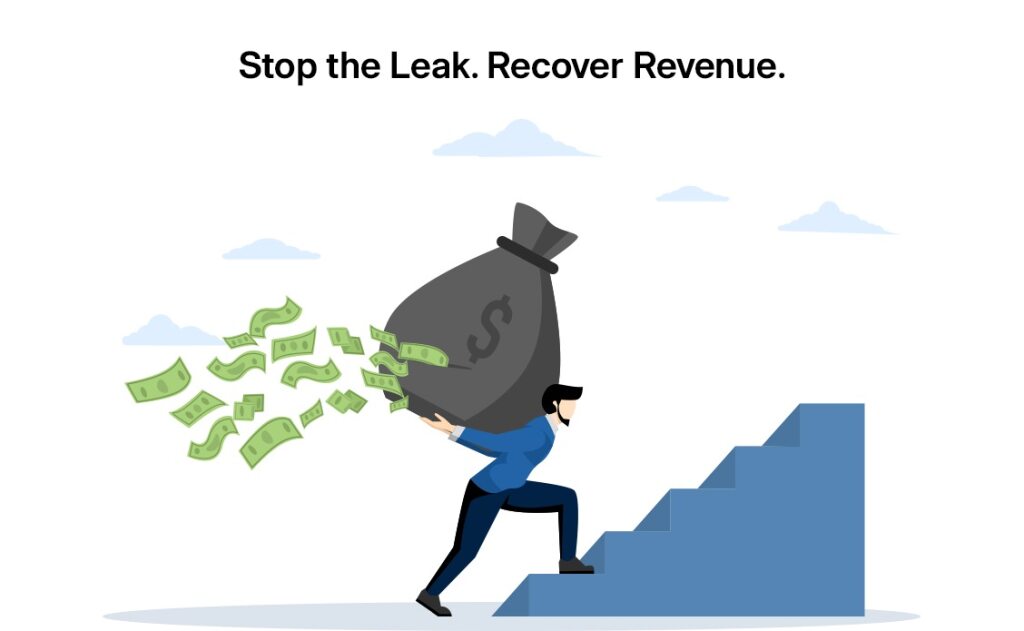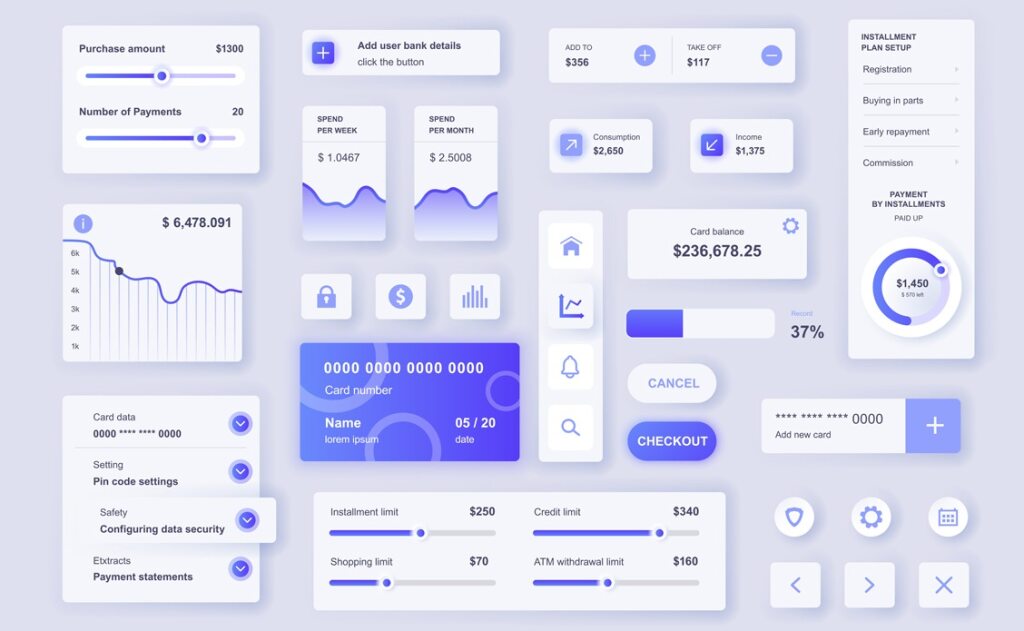The $20M Blind Spot:
Last week, I got a panicked call from a Series B founder. “We just realized we’re burning $400K more per month than we thought. Our runway went from 18 months to 11 months overnight.”
This wasn’t fraud or embezzlement. This was the predictable outcome of running a $2M ARR business on monthly financial reporting built for compliance, not control.
By the time their fractional CFO delivered “accurate” monthly close numbers, three weeks had passed and another $300K was already spent based on outdated assumptions. Cash flow surprises that should have been 72-hour course corrections became 90-day crises.
These aren’t accounting failures—they’re strategic intelligence gaps that compound daily. By Series C, the founders who haven’t mastered real-time financial visibility are either dead or desperate.
At NextAccel, we’ve implemented real-time finance systems across 120+ scaling companies. Here are the four critical components that separate operational leaders from reactive managers.
Mistake #1: Treating Monthly Close as Financial Management Instead of Historical Reporting
The Diagnostic Question:
“If your biggest customer churned today, how long would it take you to know the cash flow impact? If the answer is more than 48 hours, you’re not managing a business—you’re auditing one.”
Most founders confuse accurate historical reporting with actionable financial intelligence.
The Pattern I See:
- Growth-Stage Trap: Waiting for “clean” monthly numbers while burning cash on outdated assumptions
- Resource Misallocation: 80% of finance effort goes to backward-looking accuracy, 20% to forward-looking decisions
- Strategic Blindness: Teams make daily operational choices without understanding real-time financial consequences
The NextAccel Real-Time Intelligence Framework:
- MONITOR Phase – Live Financial Pulse:
- Daily cash position and burn rate tracking
- Weekly rolling 13-week cash flow projections
- Real-time revenue pipeline conversion to cash timing
- Automated variance alerts when actuals deviate 15%+ from plan.
2. REACT Phase – Trigger-Based Decision Making:
- Pre-defined responses to cash flow deviations
- Spending authorization limits tied to real-time runway calculations
- Revenue milestone triggers for hiring and investment decisions
- Emergency protocols for rapid expense reduction
The Fix: Build financial intelligence systems that inform decisions before problems become crises. Monthly close tells you what happened. Real-time finance tells you what to do next.
Mistake #2: Building Dashboards for Investors Instead of Operations
The Reality Check:
“Show me your daily management dashboard and I’ll predict your operational velocity. Founders who track investor metrics daily make investor-pleasing decisions. Founders who track operational metrics daily make money-making decisions.”
The Dashboard Trap I Diagnose:
- Vanity Metrics Focus: ARR, MRR, and growth rates that look good in board decks but don’t predict cash crunches
- Lagging Indicators: Metrics that confirm what already happened instead of predicting what happens next
- Reporting Theater: Beautiful visualizations that distract from actionable insights
- Decision Delays: Information systems that require analysis instead of enabling immediate action
The NextAccel CONTROL Framework for Operational Finance:
Cash Management Dashboard:
- Daily cash balance with 48-hour projections
- Real-time burn rate with month-over-month trend analysis
- Runway calculations updated automatically with every transaction
- Accounts receivable aging with collection probability scoring
Revenue Intelligence System:
- Pipeline velocity tracking with deal-close probability weighting
- Customer health scores that predict expansion and churn 90 days early
- Payment timing analysis that converts bookings to cash flow forecasts
- Seasonal pattern recognition for accurate quarterly projections
Cost Control Automation:
- Vendor payment scheduling optimized for cash flow timing
- Automatic spending alerts when categories exceed budget thresholds
- Real-time cost-per-acquisition tracking by channel and campaign
- Headcount cost modeling that includes fully-loaded expenses and ramp time
I tell clients: “Your dashboard should answer three questions instantly: How much cash do we have? How fast are we burning it? What needs to change today?”
Mistake #3: Managing Cash Flow Instead of Cash Intelligence
The Strategic Question:
“Are you tracking cash like a bank account or managing it like a strategic asset? The difference determines whether you survive market downturns or exploit them.”
The Cash Management Trap:
Most founders treat cash flow as a reporting exercise—tracking what comes in and goes out. But sophisticated operators use cash intelligence for competitive advantage.
The NextAccel Cash-Strategic Matrix:
Defensive Cash Intelligence:
- Scenario-based runway modeling for different growth rates
- Customer concentration risk analysis for receivables timing
- Vendor payment optimization for working capital management
- Emergency cash preservation protocols with predefined trigger points
Offensive Cash Intelligence:
- Investment timing optimization based on cash flow projections
- Strategic hiring windows aligned with revenue milestone predictions
- Market opportunity analysis tied to available investment capital
- Competitive positioning moves enabled by superior cash visibility
Tactical Implementation:
13-Week Rolling Cash Forecast:
* Weekly revenue collections based on pipeline probability weighting
* Monthly expense categories with variance tracking and seasonal adjustments
* Quarterly investment decisions modeled against multiple growth scenarios
* Annual strategic initiatives funded through predictable cash generation patterns
Cash Flow Trigger System:
> Green Zone (18+ months runway): Aggressive growth investments and strategic hiring
> Yellow Zone (12-18 months): Controlled growth with efficiency focus
> Red Zone (6-12 months): Operational optimization and fundraising preparation
> Crisis Zone (<6 months): Emergency protocols and immediate cost reduction
Mistake #4: Optimizing for Financial Accuracy Instead of Decision Speed
The Financial Intelligence Reality:
“Perfect financial data delivered too late is worthless. Directionally accurate intelligence delivered immediately is competitive advantage.”
The Precision Paralysis Pattern:
- Analysis Perfection: Waiting for 100% accurate data while opportunities disappear
- Process Bureaucracy: Complex approval workflows that slow decision-making to accounting timelines
- Tool Over-Engineering: Sophisticated systems that prioritize compliance over operational agility
- Information Hoarding: Financial insights concentrated in finance teams instead of operational leaders
The NextAccel EXECUTE Framework for Decision-Speed Finance:
Real-Time Approximation Systems:
> 80% accurate data available within 4 hours of any significant business event
> Automated variance analysis that flags when approximations need immediate correction
> Decision frameworks that specify when speed matters more than precision
> Monthly reconciliation processes that clean up real-time estimates without slowing operations
Operational Finance Integration:
> Sales team dashboards showing real-time impact of deals on cash flow and runway
> Marketing spend optimization based on live CAC calculations and cash availability
> Product development investment decisions informed by current revenue trajectory
> Customer success team alerts when account changes affect cash flow projections
The Daily Financial Stand-Up:
“Run your business like you’re public, even when you’re private. Public companies know their financial position every day because markets demand it. Private companies that master this discipline before they need it dominate those that don’t.”
Morning Financial Brief (5 minutes):
- Yesterday’s cash position and primary drivers of change
- Today’s significant financial events and their runway impact
- This week’s key financial milestones and variance from plan
- This month’s cash flow trajectory and strategic decision implications
Final Framework: Financial Intelligence Is Competitive Intelligence
Real-time finance isn’t about better accounting—it’s about faster decision-making. The companies that master financial intelligence don’t just avoid cash crunches, they exploit market opportunities while competitors are still analyzing last month’s numbers.
The founders who achieve sustainable growth think like CFOs from Day One. They build companies that make financial decisions based on current reality, not historical reports.
Ready to build real-time financial intelligence?
Contact us for our 90-minute Financial Intelligence Diagnostic to identify blind spots in your current systems and build decision-speed finance capabilities that create competitive advantage.





